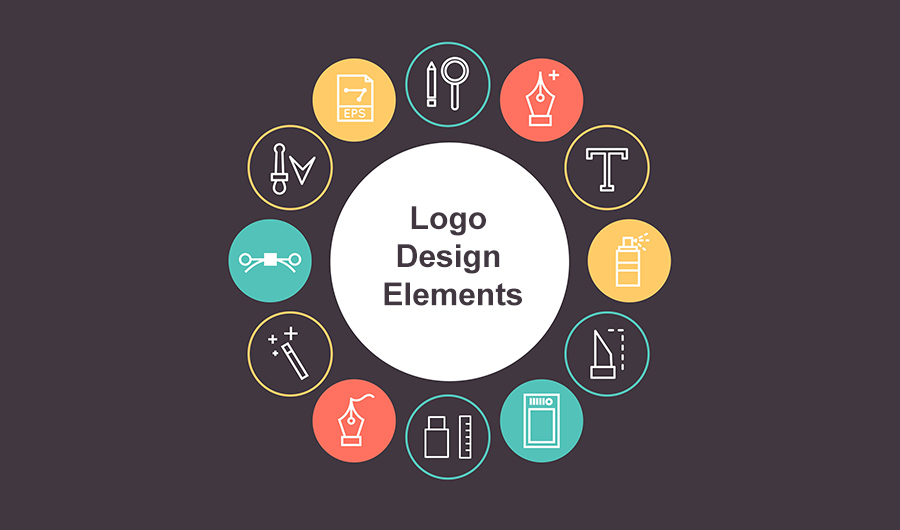Logo Design Essentials: Crafting a Memorable Brand Identity
A logo is more than just a visual symbol; it is the cornerstone of a brand's identity and a powerful tool for communicating its values and personality. Effective logo design goes beyond aesthetics, encompassing strategic elements that resonate with target audiences and leave a lasting impression. This comprehensive article delves into the essential principles, strategies, and creative processes involved in crafting a memorable logo that embodies a brand's essence and stands the test of time.
Importance of a Logo in Brand Identity
A logo serves as a visual representation of a brand's identity and values. Key roles of a logo include:
- Brand Recognition: A well-designed logo enhances brand recognition and distinguishes a brand from its competitors.
- Communication: It communicates the brand's personality, values, and positioning to target audiences.
- Memorability: A memorable logo fosters customer recall and reinforces brand loyalty over time.
Essential Elements of Logo Design
Successful logo design integrates several key elements to create a cohesive and impactful visual identity:
1. Simplicity:
A simple design is more memorable and versatile across various mediums and sizes. Avoid clutter and unnecessary elements to ensure clarity and instant recognition.
2. Relevance:
The logo should reflect the brand's industry, values, and target audience. Consider cultural and market trends while ensuring timeless appeal.
3. Memorability:
A distinctive and unique design increases memorability. Incorporate elements that set the brand apart while remaining relevant and meaningful.
4. Versatility:
Design a logo that is scalable and works well across different platforms, from digital screens to printed materials. Ensure readability and visual impact in various contexts.
Steps in the Logo Design Process
Creating a successful logo involves a structured approach that encompasses the following stages:
1. Research and Discovery:
Understand the brand's history, values, target audience, and competitive landscape. Conduct market research and gather insights to inform design decisions.
2. Concept Development:
Generate multiple conceptual ideas based on research findings. Sketch and explore different design directions that align with the brand's identity and objectives.
3. Design Iteration:
Refine selected concepts into digital drafts or mockups. Experiment with typography, colors, shapes, and symbolism to convey the desired message and emotions.
4. Feedback and Revision:
Seek feedback from stakeholders, clients, or focus groups. Iterate on designs based on constructive critique to refine and enhance visual impact and alignment with brand objectives.
5. Finalization and Delivery:
Select the final logo design and prepare it for delivery. Ensure files are formatted correctly for various applications and provide guidelines for consistent usage.
Design Principles and Techniques
Implementing design principles and techniques enhances the effectiveness of logo creation:
- Color Psychology: Choose colors that evoke desired emotions and align with brand personality.
- Typography: Select appropriate fonts that complement the logo's design and readability, reflecting brand tone and style.
- Negative Space: Utilize negative space creatively to add depth and meaning to the design, enhancing visual interest and symbolism.
Evolving Trends and Timeless Appeal
While incorporating current design trends can make a logo feel contemporary, aiming for timeless appeal ensures longevity and relevance. Balance innovation with classic design principles to create a logo that withstands changing tastes and trends.
Crafting a memorable logo involves strategic thinking, creativity, and a deep understanding of the brand's identity and audience. By embracing simplicity, relevance, memorability, and versatility, designers can create logos that resonate with audiences, foster brand recognition, and communicate the essence of the brand effectively. Through a systematic design process, attention to detail, and adherence to timeless design principles, logos can evolve into enduring symbols that define and elevate brands in competitive markets.






































